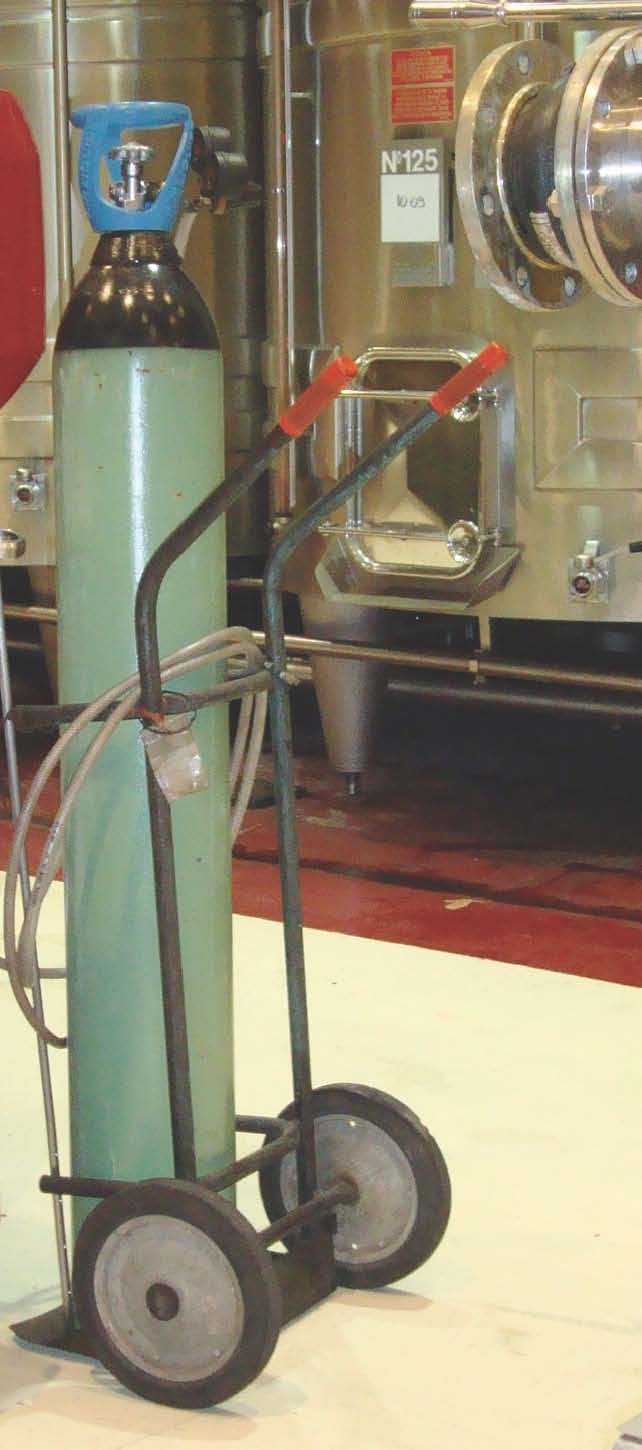
My Story: Phone cables often fail because of water intrusion
Rick Miller

The phone company in it’s infinite wisdom has two methods of location this leak, Isolate the cable and introduce helium gas into the cable and it will permeate the ground and using a helium detector, we know where the leak is by concentration, oh, there is one problem here though, the gas doesn’t go through the concrete walkway at the bank.
Not to worry, there is an other way, a sound device that is pushed up the conduit until the sound of the leak is identified and the leak is located. By marking the rod used to push the listening device at the duct entrance, the rod is pulled out and laid over the cable (oh, how do we know where the cable is?, induction and a radio cable locator, simple!). I know your tired of this, but wait (yet again) the cable is too big and there is no room for the probe, strike two!
Well this Tech. Was an engineering student and came up with an idea.
Isolate the cable with two plugs built with a liquid plugging compound, one on each end.
Cut a hole in the cable on each end and place a saddle over each hole with an air valve stem like you have on all of your car tires.
Place a nitrogen tank at each end and set the regulators to maintain ten pounds of pressure at each end. Place a tech. At each end of the cable with communication devices.
At the exact same time, turn off the nitrogen tanks and time how long it take to get to five pounds. This will give you a ratio that you can apply to the distance of the cable and locate your leak.
Example: when the tanks are shut off, tech one (on the left side) measured ten seconds to go from 10 pounds to 5 pounds, the tech. On the right measured five seconds. Now we have a 2:1 ratio. The leak is 67 feet from the left side.
The digging contractors found the leak dead on.
